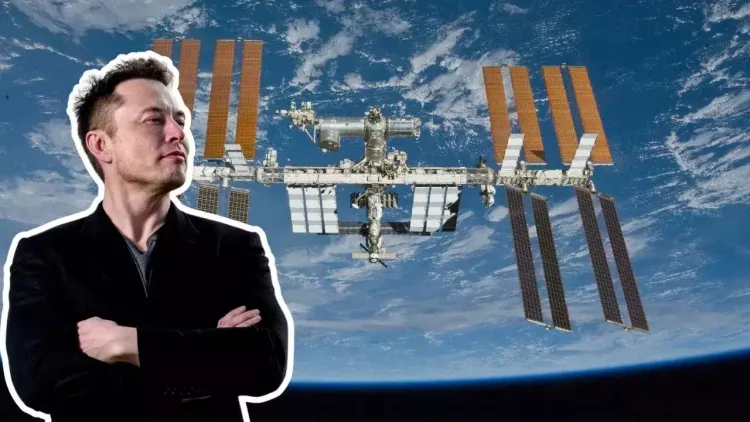NASA's $843 Million Deal with SpaceX: The Future of the International Space Station
NASA has officially announced a groundbreaking contract worth $843 million with SpaceX to safely dismantle the International Space Station (ISS). Set to deorbit after 2030, this initiative marks a significant transition in space exploration and commercial partnerships.

As the ISS approaches the end of its operational life, NASA has entrusted SpaceX with the task of ensuring its safe return to Earth. The development of a specialized deorbit vehicle by SpaceX will facilitate the controlled descent of the space station, which is the size of a football field. Upon re-entering the atmosphere, the ISS will crash into the ocean, traveling at speeds exceeding 177,000 mph.
Launched in 1998, the ISS has been a collaborative effort involving space agencies from the US, Canada, Europe, Japan, and Russia, all of which share responsibility for its deorbiting process. Ken Bowersox, NASA's Associate Administrator for the Space Operations Mission Directorate, emphasized the ISS's legacy, highlighting its contribution to over 3,300 experiments across various scientific disciplines that cannot be replicated on Earth. This endeavor has not only advanced space exploration but has also served as a model for international cooperation in science.
Despite its achievements, the ISS has been facing increasing technical challenges, including leaks and other issues that pose risks to the crew onboard. Additionally, the space station is threatened by space debris, with recent incidents forcing crew members to seek refuge in the Boeing Starliner crew capsule due to potential collisions with fragments from defunct satellites.
While the exact date for the ISS's deorbiting remains unconfirmed, NASA plans to carry out operations until 2030. This transition is pivotal as it paves the way for future commercial ventures in low Earth orbit, marking a new chapter in humanity's exploration of space.
What's Your Reaction?

















